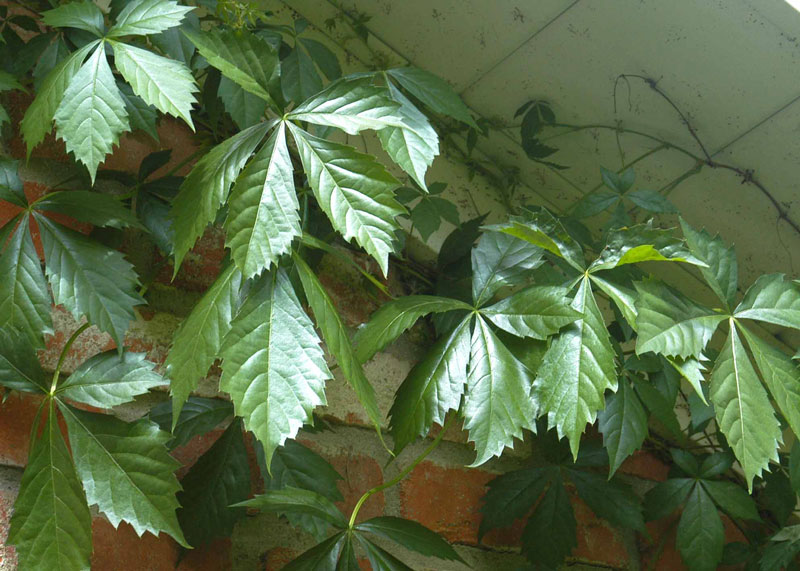Boston Ivy Loves Texas, too
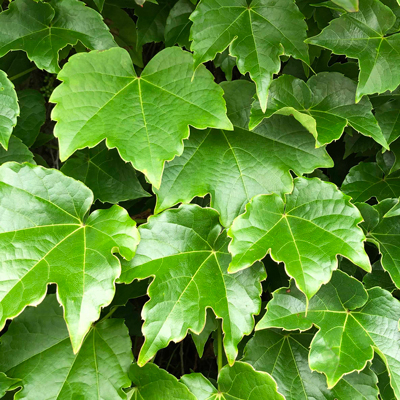
Here’s a vine that will bring seasonal beauty to your Texas landscape. And it’s easy to boot.
All Boston ivy asks is a support to call home. It needs a wall. It will take things from there. You don’t have to tie it or train it. It’s quick and it’s colorful.
Here are the quick facts…
• Common name: Boston ivy
• Scientific name: Parthenocissus tricuspidata
• Native home: China and Japan. My buddy Siri tells me it got the name “Boston” ivy because it’s been used to decorate so many buildings in and around Boston. Hence, too, the “Ivy” League. (Just remember my source – I didn’t spend a lot of time in the library doing this homework.)
• It’s this same Boston ivy that covers the outfield wall in Wrigley Field, planted there by father and son Elmer and George Clavey in 1937.
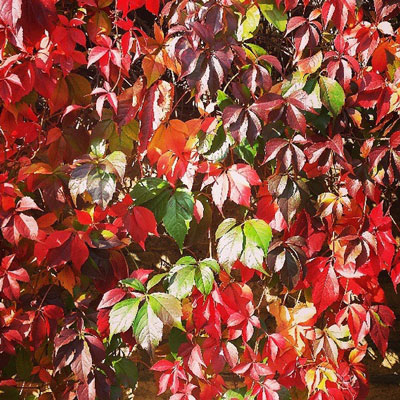
• Deciduous, with leaves deep emerald-green all summer as they shade and cool the building. They then turn brilliant shades of red, burgundy, yellow, and orange in the fall. The bare vines trace the walls over the winter, allowing the sun’s warming rays to hit the walls in the process.
• Hardy to Zones 4-8 (all of Texas), but best given shade from the afternoon sun on hot, reflective walls that face southwest and west.
• Mature height: to 25 to 30 ft., spreading to 10 to 12 ft.
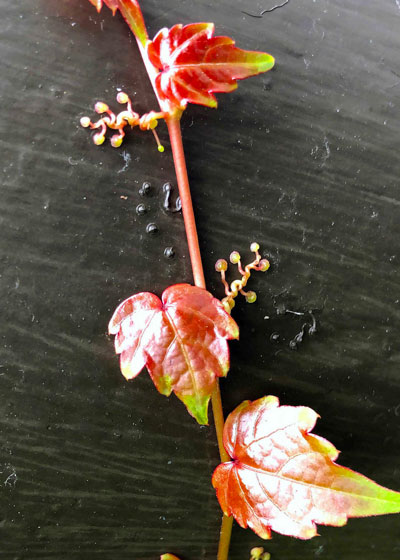
• Climbs by tendrils and suction-cup-like holdfast appendages. These can be almost impossible to remove from wood trim, vinyl siding and window screens, so plant and train accordingly.
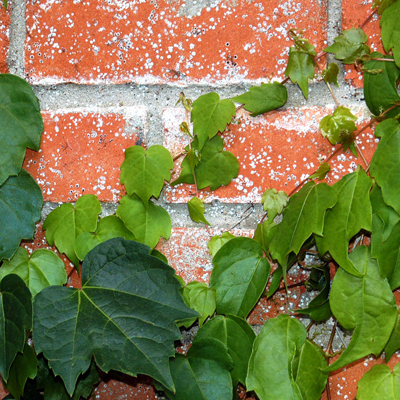
• Propagation: stem cuttings (easy).
• Flowers: inconspicuous.
• Fruit: small black or blue berries (1/3-in. in diameter). Popular with wild birds.
• Soil preference: not particular as to type or pH (acidity/alkalinity).
• Prefers uniform moisture, but will tolerate occasional dry soils if not for prolonged period.
• Only major pest problem is lacebugs. They will turn the foliage tan as they suck the life right out of them from the backs of the leaves. You will see small black spots of excrement on the backs of the leaves. Most insecticides will stop the problem but be sure Boston ivy is cleared on its label. Do not spray while plants are in sun.
• You’ll also see named cultivars selected for various attributes occasionally sold in Texas nurseries.
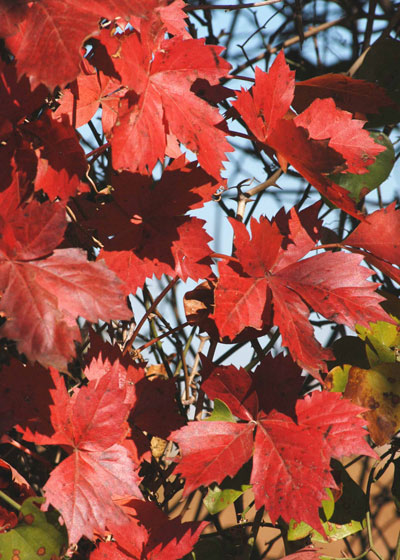
• Virginia creeper is a Texas native vine (Parthenocissus quinquefolia) that is much larger than Boston ivy. It is too aggressive for most landscape uses, but where it will fit, it’s also attractive.

